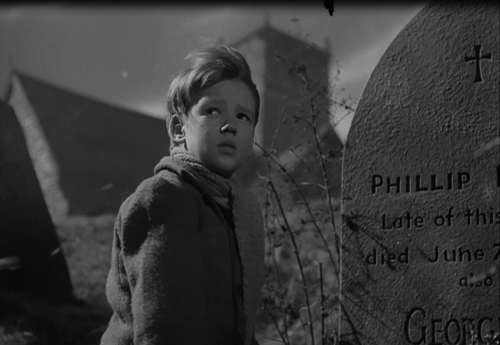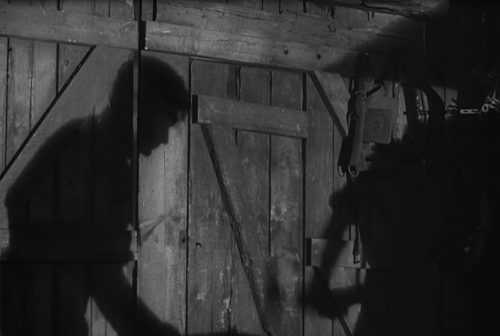University and Entrepreneurship
Again, I want to look at the role and goals of the university and the challenges it faces, concentrating in this post on the university where I work, DCU. Michael Burawoy, writing principally about a US context, identifies three major crises afflicting the university at the present time: a budgetary crisis, a regulatory crisis, and a legitimation crisis (“The Great American University“, Contemporary Sociology, 41:2, 2012, pp. 139-149).
Burawoy identifies the budgetary crisis as the most important. The situation is more complicated, however, than just calling for more money. Burawoy mentions that “University budgets have grown astronomically” (141). This brings its own problems: in return for such huge investment, universities are expected to give back in a quantifiable way, through patents, aiding industry and developing joint ventures. It is a striking paradox that the increase in budgets is what leads to a budgetary crisis, but such is capitalism (or just human greed?): even too much is never enough.
That is the trouble of working in the modern university: though huge sums are involved, administration and bureaucracy expand so that each department, each research centre, still feels constantly economically pressured, some to a greater extent than others. This is not going to change any time soon. University funding is becoming increasingly linked to industry and to the business economy, as in the big EU funding call Horizon 2020, for which the development of “Competitive Industries” is one of the three central roles of the university. The others are “Excellent Science” and “Better Society”, but it is no accident that “Better Society” is the last-named of the three in the call. The listing on the Horizon website should be read as reflecting actual priorities: 1) science; 2) industry; 3) society. The lines between the university and industry/business are thus being blurred. With that will come the constant pressure to increase profit margins, to provide quantitative evidence of impact and economic contribution.
The strategic plan currently in operation in DCU is titled “Transforming Lives and Societies“. The Chancellor’s Introduction thereto refers to an emphasis on “social, cultural and economic progress”. So already we note that DCU is not emphasizing the economic quite to the extent that Horizon does, instead giving first place to the social, and to the broad idea of “transformation”. This is continued in the President’s Introduction, which names the primary responsibilities of the university as being to:
- our students
- our society
- our economy
So society comes before economy, but the university’s responsibility to the economy at large is still significant.
Reading a little deeper into the Strategy Plan, and DCU’s established identity as the “University of Enterprise” becomes clearer. “Enterprise” has been the university’s USP in relation to other Irish university for some time. The university’s first strategic objective relates to the students. The second is: “To be recognized internationally as a leading University of Enterprise”. This has two main strands: one involves making each student and staff member into an entrepreneur; the other involves engaging with enterprise locally, nationally and globally.
In the priority given to this objective, the properly economic displaces the more broadly social. An entrepreneur is identified by his or her economic activities. The most salient definition from OED:
|
Being an entrepreneur is related to financial risk. Learning how to take financial risks is key to the identity of the student.
But I am still an academic who has been schooled very much in Victorian literature. Therefore, the idea that the cultivation of financial speculation is the desideratum of the university, or even that it is a good at all, is immediately problematic. The centrality of the figure of the entrepreneur in DCU’s strategic plan places the economic viewpoint of the university firmly within capitalist orthodoxy. Indeed, the purest form of new capitalism is based around the idea of the “entrepreneur-of-the-self”:
[E]ach worker becomes his or her own capitalist, the “entrepreneur-of-the-self” who decides how much to invest in his or her own future education, health and so on, paying for these investments by getting indebted […]. [E]veryone is a capitalist getting indebted in order to invest. We are here a step further from the formal equality between the capitalist and the worker in the eyes of the law – now they are both capitalist investors (Žižek, Event: Philosophy in Transit, loc 2023 et seq.)
In summation, it remains debatable whether promotion of a purely capitalist vision of the self (i.e. the entrepreneur) is a good way of fulfilling a university’s responsibility to society – or, indeed, to students. But with that note of irresolution I must conclude, and will continue to think around such matters in future posts as I complete a series of posts on the language of the strategic plans of Irish universities.




